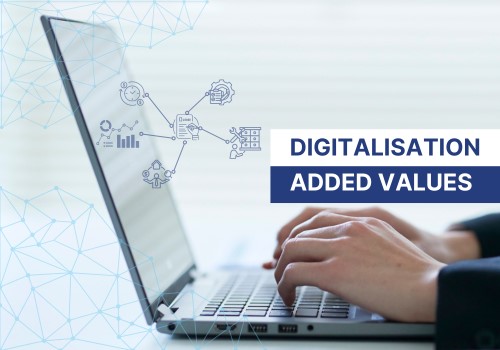Adopt Digital Transformation or Fall Behind: CRE's 2025 Reality Check!

The commercial real estate (CRE) industry is at a transformative juncture in Southeast Asia. The rapid advancement of technology and the evolving dynamics of the market are reshaping the landscape, presenting both opportunities and challenges for industry stakeholders
As we step into 2025, the need of adopting a fully integrated CRE management system has never been clearer. This shift towards digital transformation is not merely a trend but a crucial step for staying competitive and achieving long-term success.
In recent years, the CRE sector has witnessed a surge in the adoption of digital technologies, driven by the need for greater efficiency, improved decision-making, and enhanced collaboration. However, the journey towards full integration is still ongoing for too many. The complexities of managing diverse portfolios, complying with stringent regulatory requirements, and meeting a fast evolving demands from both tenants and investors have highlighted the limitations of traditional management approaches.
A fully integrated CRE management system offers a holistic solution to these challenges. By consolidating data and streamlining processes into a unified platform, such systems provides real-time access to critical information, enabling stakeholders to make informed decisions swiftly. This will not only improve operational efficiency but also enhances the ability to anticipate and respond to market changes.
Moreover, the financial benefits of digital transformation are substantial. Automation of routine tasks, optimized resource allocation, and streamlined operations lead to significant cost savings.

For instance, smart building technologies can reduce energy consumption by up to 30%, while automated administrative processes free up valuable time for more strategic activities.
The need for enhanced collaboration is another driving force behind the adoption of integrated systems. A unified platform facilitating seamless communication among all stakeholders, property managers, their teams, tenants, and visitors, will be the driver towards a more cohesive and efficient “Total” Property Management environment.
As the CRE industry continues to evolve, adopting digital transformation is no longer a choice but a must. In this article we will highlight the short and medium term benefits of adopting a fully integrated CRE management system, focusing on improved decision-making and cost savings, give a simple way to evaluate the ROI generated by the right system adoption, and give a practical use-case to strengthen the “Must-Adopt” direction.
The Benefits
Cost Savings
Automation of routine tasks and optimized resource allocation leads to substantial cost savings. Integrated systems eliminate the need for multiple disparate solutions, reducing overhead costs, increasing efficiency, and improving profitability.
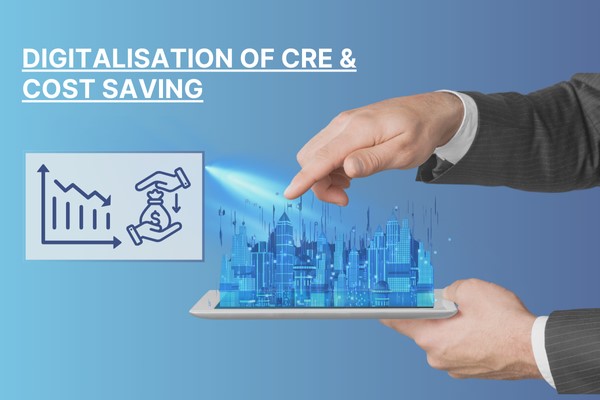
-
Resource Optimization
Efficiently managing resources such as labour, materials, and equipment is critical for minimizing costs. Integrated systems provide real-time visibility into resource utilization, enabling managers to allocate resources more effectively and avoid wastage.
-
Automated Processes
By automating routine administrative tasks, such as lease management, maintenance scheduling, and financial reporting, CRE professionals can focus on more strategic activities. This not only improves productivity but also reduces labour costs associated with manual processes.
-
Reduced Operational Costs
Integrated systems help in identifying and addressing inefficiencies within operations. For example, automated energy management systems can optimize energy usage, leading to significant cost savings on utilities. Similarly, streamlined maintenance processes reduce the likelihood of costly emergency repairs and equipment’s downtime.
-
Vendor Management
Consolidating vendor management into a single platform improves negotiation power and ensures better pricing and terms. This centralized approach also enhances accountability and performance tracking, further contributing to cost savings.
Improved Decision-Making
With access to real-time analytics and data insights, CRE professionals can make better strategic decisions. These systems provide a comprehensive view of all assets, enabling more accurate forecasting and planning.
-
Data-Driven Insights
Integrated systems consolidate data from various sources, providing a unified and comprehensive view of assets and operations. This holistic perspective allows CRE professionals to identify trends, anticipate market shifts, and make informed decisions based on actionable insights.
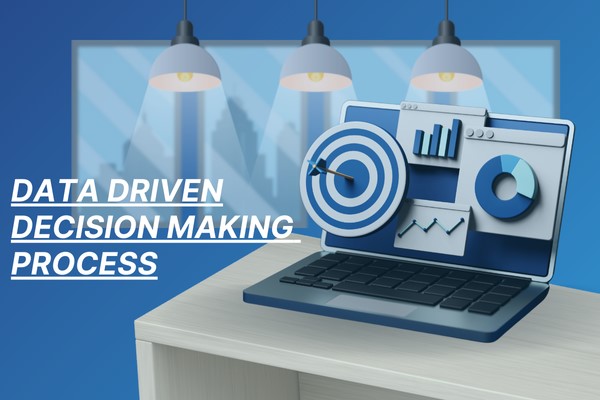
-
Predictive Analytics
Advanced analytics tools can predict future trends and potential issues, helping to mitigate risks before they become significant problems. By leveraging predictive models, CRE managers can optimize asset performance, reduce downtime, and enhance overall profitability.
-
Informed Strategic Planning
Real-time data empowers stakeholders to make strategic decisions that align with their long-term goals. Whether it's expanding a property portfolio or implementing sustainability initiatives, integrated systems provide the necessary information to drive successful outcomes.
Enhanced Efficiency
Integrated systems streamline operations by consolidating data and processes, reducing redundancies, and significantly improving overall efficiency. Real-time data access ensures that stakeholders can make informed decisions swiftly, keeping the managed property perfectly efficient and within budget.
Enhanced Collaboration
A unified platform fosters better communication and collaboration among all stakeholders, from property managers to their team members, and ultimately all tenants. This seamless interaction leads to more cohesive property management and improved tenant satisfaction.

Scalability
Fully integrated CRE management systems are designed to scale with your business. Whether you're managing a single property or an extensive portfolio, these systems grow with you, accommodating new properties and expanding needs without the hassle of switching systems.
Regulatory Compliance
Navigating the complex regulatory landscape becomes more manageable with a centralized system that ensures accurate record-keeping and compliance reporting. This not only reduces the risk of penalties but also builds trust with stakeholders.
The Return on Investment: How to Calculate it!
The following are some insights on the potential savings, time efficiency, and productivity improvements resulting from the adoption of digital transformation in CRE.
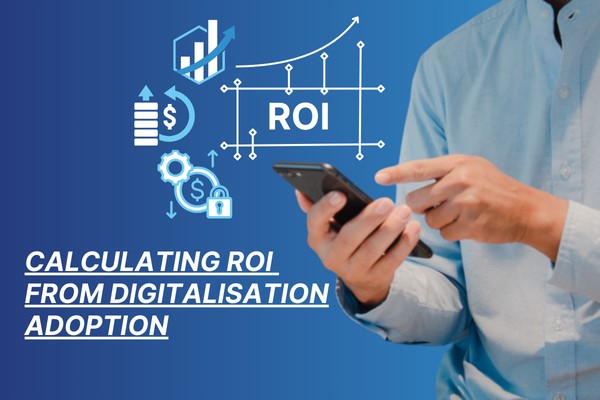
Cost Savings
-
Operational Efficiency
Digital transformation leads to significant improvements in asset performance, reduced downtime, and overall operational efficiency allowing either a smaller management and maintenance team or opening the door to business expansion without further increasing overheads!
-
Energy Management
Automated energy management systems can optimize energy usage, leading to substantial savings on utilities. For instance, smart building technologies can reduce energy consumption by up to 30%.
-
Vendor Management
Consolidating vendor management into a single platform can improve negotiation power and ensure better pricing and terms, further contributing to cost savings.
Time Savings
-
Automated Processes
By automating administrative tasks, property managers can save valuable time that can be redirected towards more strategic activities. For example, digital lease agreements eliminate the need for printing, signing, and scanning documents, streamlining the leasing process.
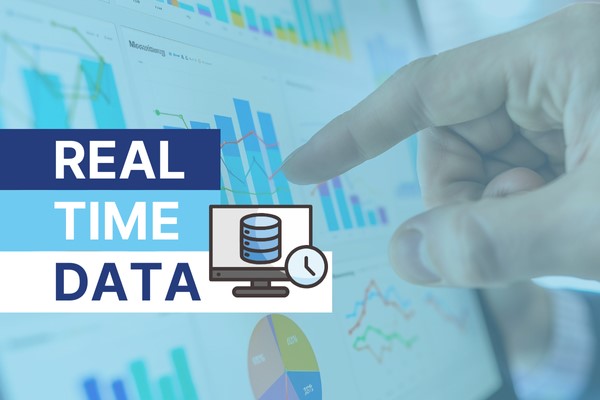
-
Real-Time Data Access
Integrated systems provide real-time access to data, enabling quicker decision-making and reducing delays.
Productivity Improvements
-
Enhanced Collaboration
A unified platform fosters better communication and collaboration among stakeholders, leading to more cohesive property management and improved tenant satisfaction.

-
Predictive Analytics
Advanced analytics tools can predict future trends and potential issues, helping to mitigate risks before they become significant problems. This proactive approach enhances overall productivity by preventing sudden disruptions.
-
Resource Optimization
Efficiently managing resources such as labour, materials, and equipment ensures that tasks are completed more effectively.
These examples highlight the tangible benefits of digital transformation in CRE, demonstrating how it can lead to cost savings, time efficiency, and productivity improvements.
Use-case of Digital Transformation Journey in one of KL Business Districts
A renowned property developer and assets owner of prestigious commercial and residential properties based in Malaysia with its flagship commercial projects in the southern part of Kuala Lumpur and a vast portfolio nationwide and in South East Asia, embarked on a comprehensive digital transformation initiative to enhance its operational efficiency and client services several years ago.
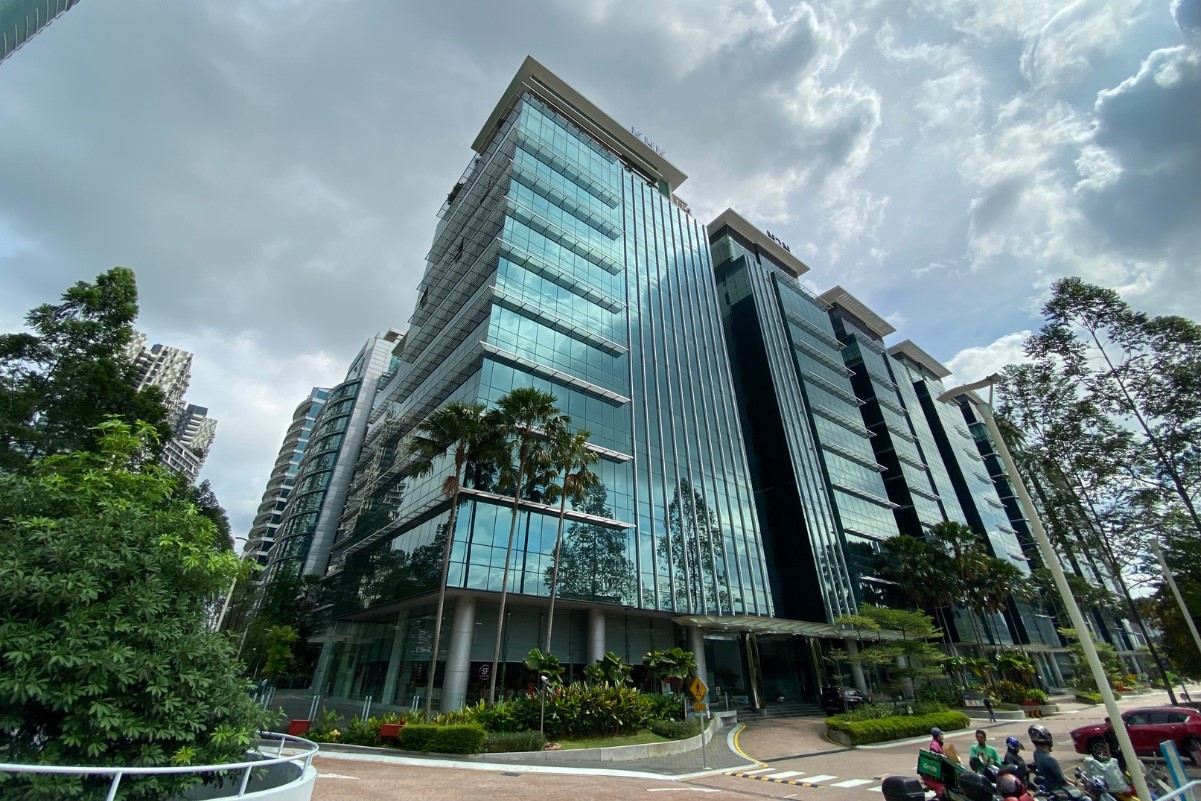
By integrating all-in-one property management solution with advanced data analytics and IoT technologies, this developer was able to achieve remarkable results and its flagship project known as Bangsar South has been increasing occupancy, rental and leasing rates, and efficiency while becoming highly profitable.
The following are some of the areas where the practical impact of digital transformation adoption has driven short term results.
-
Enhanced Efficiency
it streamlined its property and facility management operations by consolidating data from various sources into a unified platform, reducing redundancies and improving overall efficiency.
-
Improved Decision-Making
Real-time data and analytics provided actionable insights, enabling the developer to make better strategic decisions and optimize asset performance.
-
Cost Savings
Through a full automation of routine tasks and optimized resource allocation the developer managed to achieve significant cost savings of more than 20% for their maintenance costs and experienced an increase in overall operational efficiency of between 30% and 40%.
-
Enhanced Collaboration
A unified and collaborative platform facilitated better communication among stakeholders, leading to more cohesive property management.
-
Scalability
The all-in-one and integrated system has been growing through the years with the developer’s expanding portfolio, accommodating new properties and needs without switching systems.
-
Regulatory Compliance
Accurate record-keeping and compliance reporting ensured adherence to industry standards and local regulations.
This transformation not only improved the developer operational efficiency but also enhanced client satisfaction and profitability, showcasing the tangible benefits of digital transformation in the CRE industry.
Conclusion
As we look to the future, the adoption of fully integrated CRE management systems is not just a trend but a necessity for staying competitive. In 2025 and beyond, the commercial real estate industry must leverage these technologies to navigate complexities, drive growth, and achieve long-term success.
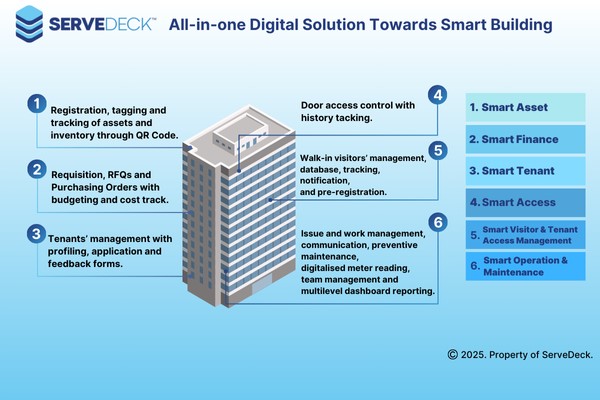
ServeDeck is proudly leading the adoption wave in Malaysia with more than 1,000 commercial buildings under its hat. If you are ready to revolutionize your CRE management explore our comprehensive fully integrated solutions for property and facility management and take the first step towards a more efficient, profitable, and future-proof business.
We are just an email away; request today a free demo of our solutions here https://www.servedeck.com/#demoSection and discuss with our experts’ team the best configuration to drive your property and facility management business into a digitalised future!
ABOUT THE AUTHOR
The .jpeg) opinions expressed in this article are solely of the author, Dr Daniele Gambero.
opinions expressed in this article are solely of the author, Dr Daniele Gambero.
Dr Gambero has been an expatriate to Malaysia from Italy, since 1998 and has more than 35 years of real estate experience. He is the co-founder and group CEO of REI Group of Companies, the Co-founder of Propenomy.com and the president of the Malaysia Proptech Association.
In the past 10 years Daniele, as international and TEDX speaker, has engaged several hundreds thousand people talking about Property, Economy, Propenomy, Digital Marketing and Motivation. He is also a bestselling author and columnist on several magazines and main stream media. You can reach him directly through his LinkedIn page here.
SHARE THIS POST:
Comments (0)
Leave a Reply
Your email address will not be published. Required fields are marked *



